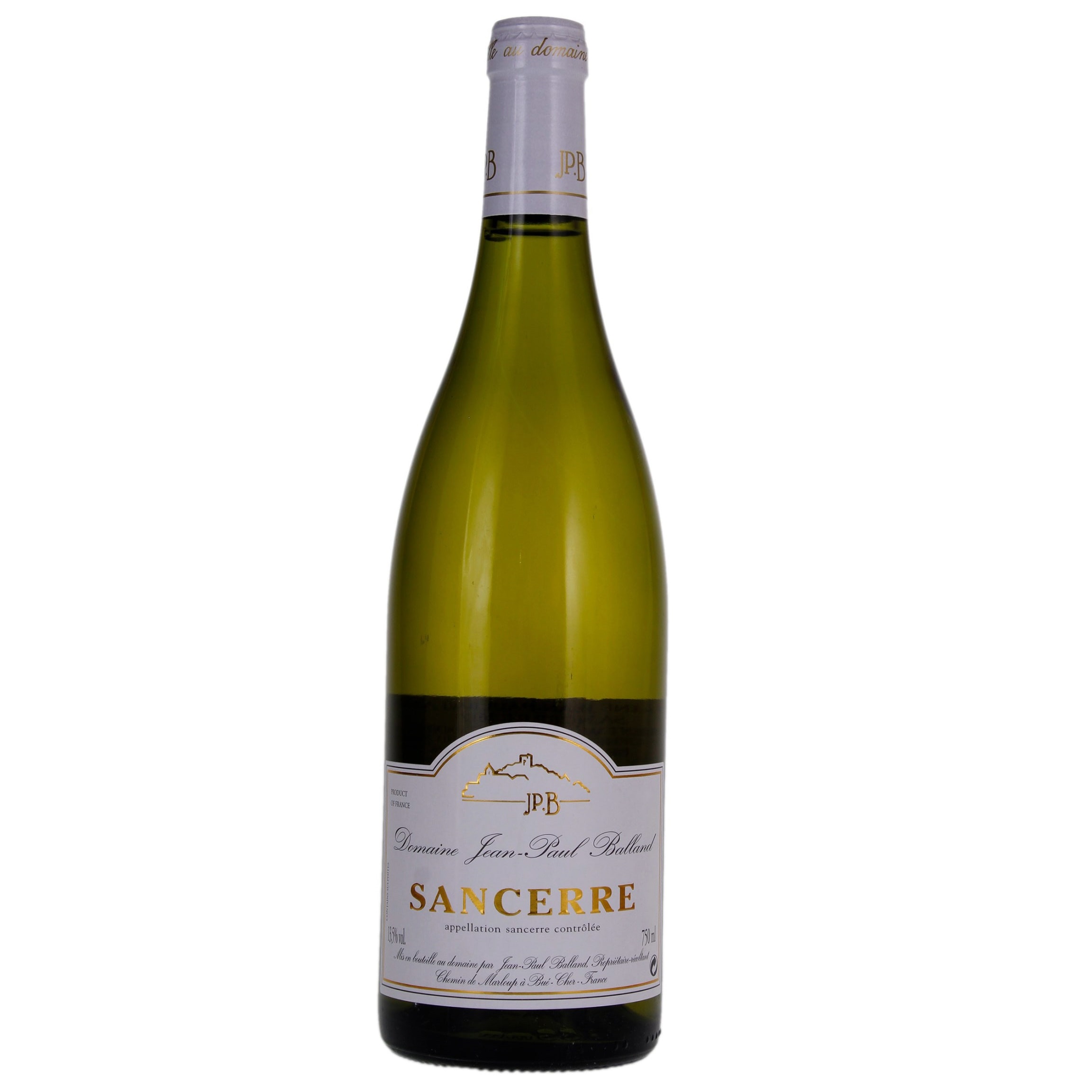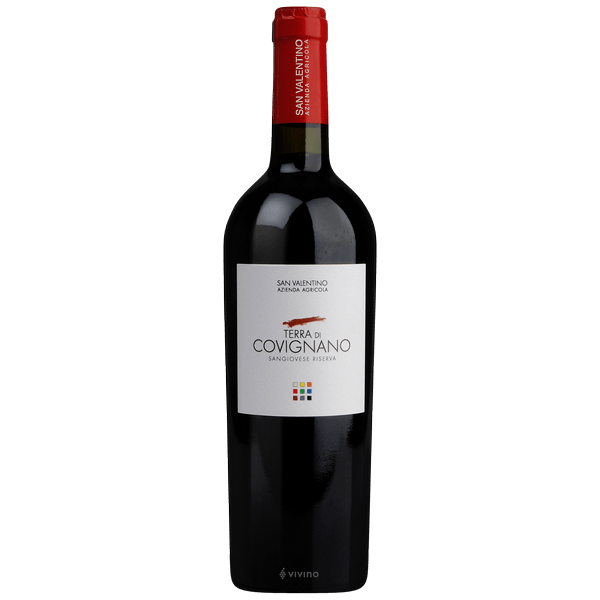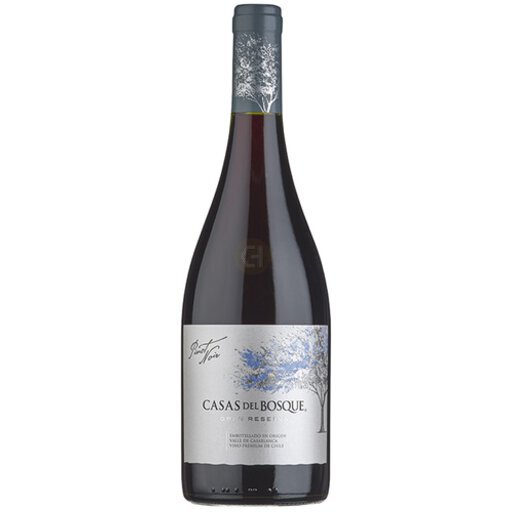2020 Comte Jean Marechal Sancerre Blanc
2020 Comte Jean Marechal Sancerre Blanc Pale lemon in color with a golden hue. Nice nose of white flowers, lemons, tropical fruits, gooseberry, pineapples, minerals, spices, green apples, grapefruits, and bitter herbs. Medium-bodied with medium-plus acidity, crisp and refreshing.
Dry on the palate with grapefruits, citrus, limes, bitter herbs, spices, green apples, minerals, sea salt and white pepper. Medium finish with bitter almonds. This French Sauvignon Blanc is drinking very nicely by itself or with food.
Sauvignon Blanc
Often called simply Sauvignon (while Cabernet Sauvignon is often called just Cabernet), extremely popular variety making crisp, dry, aromatic and extremely distinctive wines all over the world. The smell is sharp and piercing (unlike that of Chardonnay) and reminds different tasters variously of gooseberries, nettles, crushed blackcurrant leaves, and occasionally cat’s pee. With age, aromas reminiscent of canned asparagus can develop.
The smell of Sauvignon (which is most of its character) is relatively simple, so it is not surprising that it was one of the first to be explained in terms of the dominant flavor compounds, called methoxypyrazines (a name to drop at a professional wine tasting). Sauvignon also smells and tastes remarkably similar wherever it is planted so, like Gewurztraminer, is a very good starting point for learning to recognize different varieties.
Most Sauvignon Blanc is fermented at relatively low temperatures in stainless steel with the intention of preserving every bit of youthful fruit. The wines are in general designed to be drunk as young as possible, although some of the fruit from particularly low-yielding vineyards can be concentrated to withstand oak ageing and may need a year or so in bottle before showing their best. I have tasted Sauvignon Blanc that has survived more than five years in bottle but very few that have actually improved as a result.
Sauvignon Blanc’s French stronghold is the upper Loire, and the twin appellations of Sancerre and Pouilly-Fumé in particular. The best examples of these wines such as the Pouilly-Fumé of Domaine Didier Dagueneau and Baron de Ladoucette and Sancerre from the likes of Henri Bourgeois, Lucien Crochet and Vincent Pinard, are drier, denser and slower-maturing than most New World Sauvignon Blanc, and genuinely express terroir with nuances dependent on the proportion of gravel and flint (silex) in the soil.
Related products
2020 Jean Marc Brocard Chablis 1er Cru Montee de Tonnerre 2020 Jean Marc Brocard Chablis 1er Cru Montee de Tonnerre has aromas of crystallized apricot, underlying butter and liquorice notes, with touches of spices (white pepper). Lovely minerality, with a powerful and a structured finish. One of the most popular and versatile white wine grapes, [...]
2016 Domaine Armelle et Bernard Rion Nuits-Saint-Georges 1er Cru Les Damodes 2016 Domaine Armelle et Bernard Rion Nuits-Saint-Georges 1er Cru Les Damodes is light and elegant for the appellation. On palate, high acidity with smooth tannis together with balanced fruits and oak flavor. 2016 vintage Les Damodes is a premier cru site on the Nuits-Saint-Georges [...]
2021 Francois Villard Les Contours de Deponcins Viognier 2021 Francois Villard Les Contours de Deponcins Viognier Fine yellow; the nose is buttery, on roasted nuts, lime and white strawberry, table wax, has a steady depth. This is a bit New Wave on the palate, moves easily, depth, but continues with some fresh saltiness and assertion, [...]




